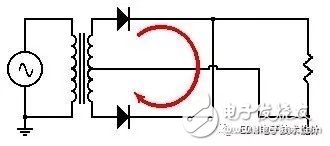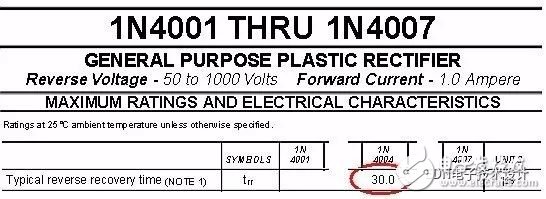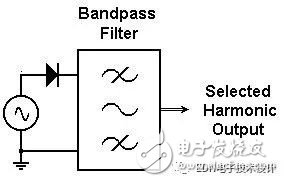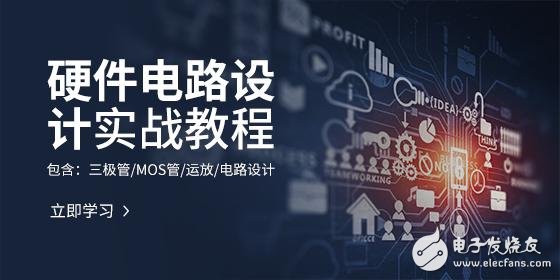The stored charge of a diode has always been regarded as an "enemy", but sometimes if we want to use it, we can also "turn the enemy into a friend"... Each type of diode has a characteristic called "storage charge". The effect is that when the diode is carrying current in the forward conduction mode, the current will not stop immediately. Among them, various shutdown states are worth exploring. The basic effect of storing charge is that it does not turn off immediately when a reverse voltage is applied across the diode junction, and the current continues to flow through the junction from the opposite direction for a limited period of time. To make the explanation clearer, let's take a half-wave rectifier circuit as an example: In the first case, we have an ideal diode with zero stored charge as you imagined, without any reverse The current, as seen in the figure below, shows its ideal waveform. Ideal diode half-wave rectification It seems to be good so far... So what happens if there is a stored charge in the diode? Slow recovery diode half-wave rectification In the example above, when the input sine wave crosses zero volts, the diode turn-off does not occur immediately, but instead has a short but significant reverse conduction time; in addition, the process of outputting the waveform to zero (steps-to- Zero) is very fast, so harmonics at the excitation frequency are "fertile" for EMI, which can be very difficult to control and suppress. And if we don't talk about full-wave rectifiers for a while, we can still see those reverse diode current pulses, which may also cause a pulsed short circuit around the excitation source, as shown below. Instantaneous short circuit Line frequency, short-circuit current pulses really produce some degree of severe EMI and ripple problems; for example, a very slow diode 1N4007 is roughly estimated with a nominal recovery time of 30μSec, as shown below. Slow diode recovery time If the excitation frequency is 60 GHz, the half period is 1/120 second or 8.3333 mSec, the reverse current conduction angle will be 180° times 30 μSec, divided by 8.3333 mSec, and the result is 0.648°. If an excitation level of 120V RMS is applied, and an excitation voltage of 0.648°: 120 × sqrt (2) × sin (0.648°) = 1.92V, this result is sufficient to drive the unwanted short-circuit pulse current, as described above. The red arrow shown in the picture. In this type of application you will be told to use a fast recovery diode, although its line frequency is low; because those pulse events occur twice during each AC input cycle, this is a serious problem. By using a fast recovery diode, the situation will be as shown in the figure below, and the undesired pulse effects will be much weaker. Fast recovery diode half-wave rectification So far, the stored charge has always been regarded as an "enemy", but sometimes if we want to use it, we can also "make the enemy a friend"; if we increase the excitation frequency from 60Hz or 400Hz power line number to HF/VHF /UHF and other frequency modulation, and using a component called step recovery diode, we can get the rectification of the following picture: Step recovery diode half-wave rectification It can be seen here that the stored charge of the diode maintains a reverse current in the portion of the deliberately elongated excitation waveform period, reaching an ideal 270°; as is the slow recovery diode we have previously observed that produces unwanted excitation. Frequency harmonics, step recovery diodes produce the excitation frequency harmonics we need, so we can make the frequency multiplier as shown below. Step recovery diode frequency multiplier circuit Imagine a 100MHz input that will get 300MHz output, very beautiful! Next, we look at another component, a high-frequency diode (PIN diode); when the excitation frequency is high enough, the stored charge is never deliberately depleted; we can use the PIN diode dynamic impedance to carry with the current. The characteristic of the horizontal function, which uses the PIN diode as a variable RF/microwave signal attenuator element, as shown below. PIN diode signal attenuation component Uv Screen Protector,Anti-Blue Light Uv Film,Anti-Fingerprint Uv Glass Film,Full Screen Tempered Glass Shenzhen TUOLI Electronic Technology Co., Ltd. , https://www.hydrogelprotectors.com








Make electronic design easy to get started, Zhang Fei takes you 5 weeks from entry to master hardware circuit design!
>> Click to learn the course